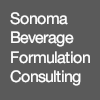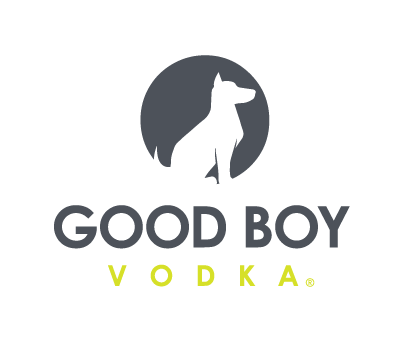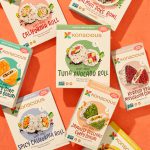Winter Fancy Food Show 2020: Mintel Unlocks Key Drivers in Specialty Food
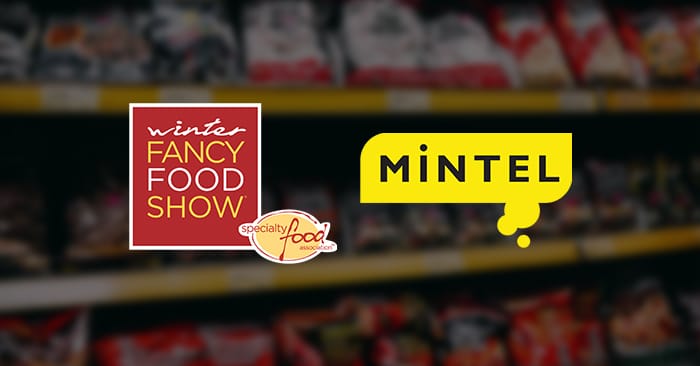
The specialty food landscape may be evolving, but it still holds a strong base of loyal, health-focused shoppers. In a presentation at the Winter Fancy Food Show last week in San Francisco, David Lockwood, consultant director at research firm Mintel, and David Browne, a market research analyst and brand consultant, reviewed the category trends, channel breakdowns, consumer shopping behaviors and product positioning claims shaping the market.
The State of Specialty
Lockwood opened a discussion on the state of the market, noting that the specialty food industry grew just 5.9% in 2019 and is predicted to grow at a similar rate through 2023. According to Lockwood, despite the stagnant growth, the channel is still strong: overall, specialty products account for 16% of all food and beverage sales — and that’s only expected to increase.
“We’re fast approaching the point where specialty is basically 20% of all food and beverage sold through any outlet selling grocery,” Browne said. “That’s a major milestone.”
Additionally, specialty consumers are still looking for an in-store experience: brick-and-mortar stores contributed $113.4 billion (45%) of the $148.7 billion in total specialty sales in 2019, while e-commerce contributed only $2.9 billion (2%). A further $32.4 billion came from foodservice outlets.
The 10 largest categories generated $30.6 billion in 2018, with chocolate and confectionery seeing the most gains. The 10 fastest-growing categories include plant-based meat alternatives and cream and creamers, but represent just 7% of the specialty food and beverage market.
“It’s maturing, and that’s exciting because it’s still growing fast,” Lockwood explained. “But now the growth rate will be higher for those littler categories.”
Internal Growth Drivers
Specialty beverages are growing faster than food, up 13% from 2016-18 compared to 10% for food. Both food and beverage are seeing mature categories advance further, thanks to retailers’ ability to copack and manufacture private label brands, even as emerging categories take the spotlight, Browne said.
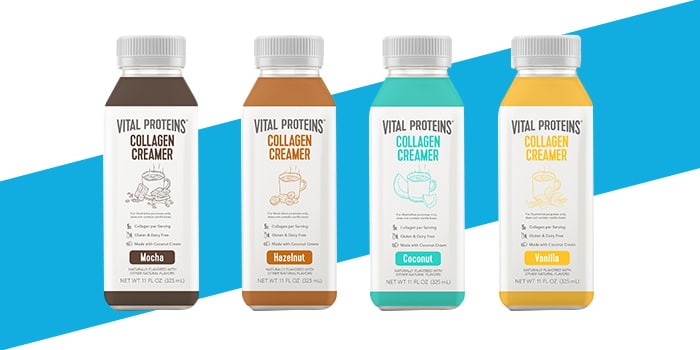
Shelf-stable creams and creamers topped the list of fastest-growing specialty categories, growing 37%, along with refrigerated plant-based meat alternatives, which grew 36%. Refrigerated creams and creamers followed with 20% growth, while frozen plant-based alternatives grew 18%.
In the beverage aisle, success was fueled by ready-to-drink (RTD) tea, coffee and waters in 2018: RTD tea and coffee grew 19%, and water 15%. Water was the top category in purchase likelihood, Lockwood noted, sparked by an array of options from sparkling, “hint of flavor” and provenance-based spring waters to alkaline, antioxidant, caffeinated and even alcohol-inspired innovations. Although hemp and cannabidiol (CBD) waters have also emerged, they haven’t yet seen significant sales, Lockwood told NOSH after the session.
Lockwood further noted that functional drinks grew 4% in 2018 and will “explode” in the next four years; emerging brands have more flexibility to capitalize on this than larger companies, he said.
Additionally, Browne reviewed the “wide net” of snacks, which generated $18 billion in sales in 2018, including 27% from specialty. But the surge has slowed relative to overall food sales: high protein snacks drove the majority of expansion, with jerky and meat snacks topping the list at 10% growth, followed by chocolate and confectionery. Thus retailers should consider building and maintaining a “broad snack section,” Browne noted.
While growth in the plant-based segment — which generated $5.5 billion in 2018 — has outpaced all other categories since 2016, it’s “still relatively small as a share,” according to Browne. In both plant-based and beyond, conventional channels can compete on price and volume, while specialty can win in “nearly every other way,” Lockwood noted — through knowledgeable employees, eye-catching displays, curated sets, health and dietary info, social values and diversity of brands.
E-commerce is another emerging platform for specialty food: 41% of all shoppers buy at least some groceries online, with sales expected to double by 2022. Online retail channels grew 23.9% from 2017 to 2018, with new additions to the top online specialty categories for 2019 including water, nuts, seeds, dried fruit and trail mix, carbonated beverages, bars and juice: Lockwood said many consumers have realized they want bulkier items (like beverages) delivered or picked up and loaded in their cars.
Foodservice is another rising channel with $32 billion in 2018 sales, or 22% of the total specialty market — outpacing specialty brick-and-mortar growth.
Product Positioning and Demographics
To stand out in any channel, positioning is key. Within specialty, products with all-natural and organic claims drew the most traction, with 68% and 55% purchase rates, respectively, and are popular across demographics. Non-GMO wasn’t far behind, with a 45% purchase rate, and fair-trade at 36%. Despite “natural” lacking a concrete definition, it’s “still resonating with some consumers because they still see it,” Browne explained. Brands that truly exemplify “natural” have other claims — grain and gluten-free, for example — that are explained in detail on their packaging, he noted. Truly specialty products, meanwhile, tend to be more design-focused, but could benefit from highlighting such claims.
Indeed, consumers increasingly want products that emphasize transparency and traceability, and companies are responding: 36% of specialty food and beverage purchases were spent on products labeled as “all-natural,” 32% on those labeled “non-GMO” and 30% on “organic.”
“This will determine a company’s ability to thrive in the long term — whether specialty or not,” Browne said.
Lockwood further dissected purchase trends by demographic, noting that millennials (84%) and Gen X (75%) represent the two biggest groups of specialty shoppers. Gen Z and Baby Boomers are also prominent, but have different shopping behaviors. While young adults prioritize convenience, 45-54 year-olds tend to use specialty products as “hacks,” such as to improve meals at home.
Demographics also play a role in dieting. Millennials and Gen Z are more likely to follow multiple diets at once, especially males. Further, males are more likely than women to fully commit — and tend to treat dieting like a game. And while 14-15% of U.S. consumers identify as vegans, only 1.5% strictly adhere to it. To win, brands should aim for a diversified portfolio that appeals to different diets, according to Lockwood.
“Dieting has changed so dramatically that the name ‘dieting’ should go away,” Lockwood added.






